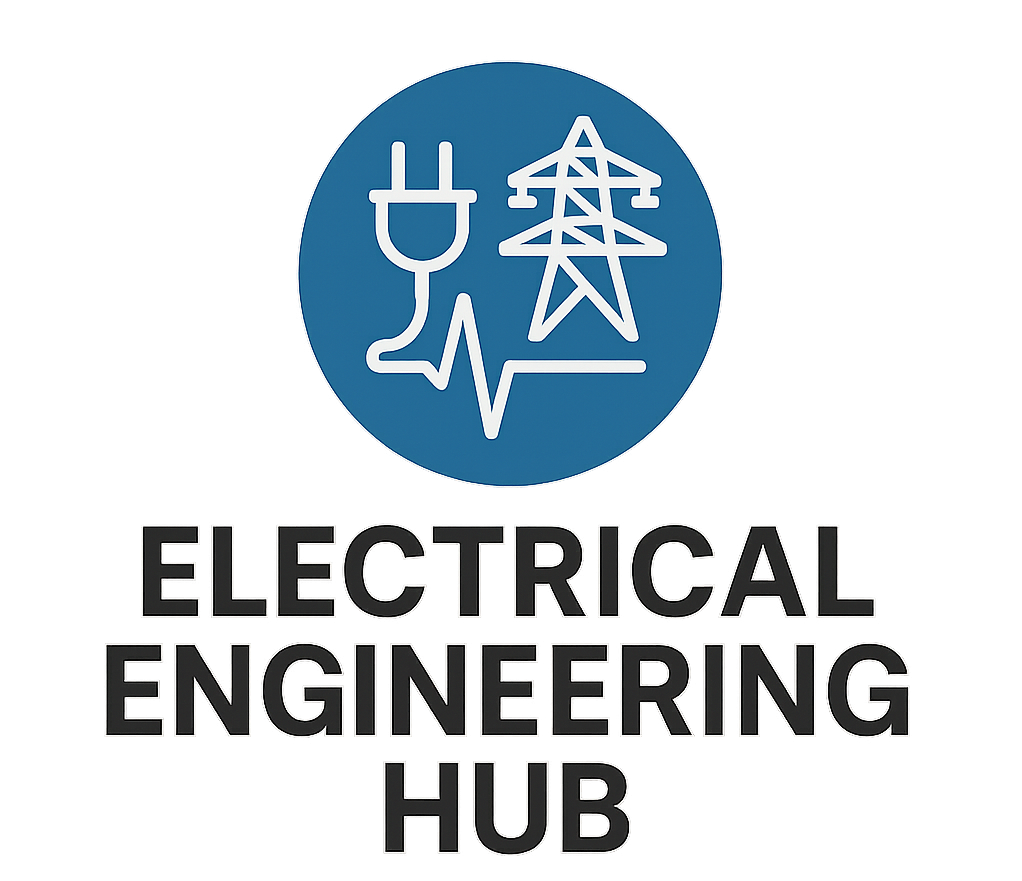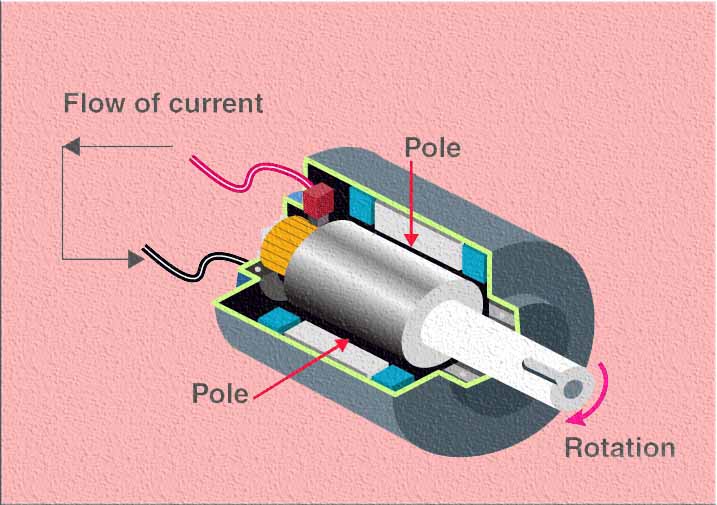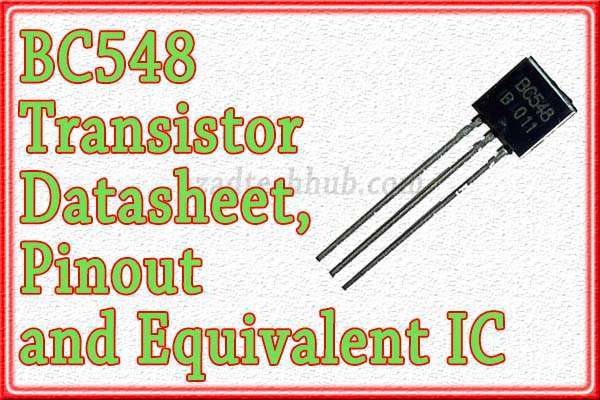How N-Channel MOSFET Works? Important Facts We Must Know
N-channel MOSFETs are the ones in which the major number of charge carriers are the electrons that make the channel of MOSFET an N-Type. Due to the majority of electrons in the channel we call the MOSFET as an N-channel MOSFET. When a MOSFET is turned on, the current flow through the channel is largely due to the electrons in the channel.
Table of Contents
This is the major difference in charge carriers between the two types as in P-Channel the majority of charge carriers are holes. We have already discussed in detail the types of field effect transistors, you can read them here.
As the FET’s working operation is slow and the drain resistance is high, MOSFETs came as an invention to overcome the disadvantages. So, before going into details of the MOSFET, let’s have a look at two main types of N-channel MOSFET. These two types include enhancement-type MOSFETs and depletion-type MOSFETs.
Enhancement-type MOSFETs have a large resistance between the drain and the source when we apply the voltages between the gate and the source. While the opposite happens in depletion-type MOSFETs, in which resistance drops in between the drain and source when we apply voltages between the gate and the source.
N-Channel MOSFET Construction
N-channel MOSFET is made up of an N-type channel that contains electrons as the majority for the flow of current. The Gate terminal of the MOSFET consists of P-type material which is connected through a thin layer of SiO2. Either the MOSFET turns on or off depending on the polarity of the applied voltages on the gate terminal. Let’s have a look at the below representation of enhancement type MOSFET including the P-Channel and the N-Channel MOSFET.

As we can see there is a thin layer of silicon dioxide between the gate terminal and the P-Channel.In other words, we can say that the gate terminal and the P-Channel do not connect directly with each other.
Turn-On/Off of N-Channel Enhancement MOSFET
For the conduction or flow of current through the drain and source channel, we must apply some drain voltages “VDD” and positive voltages between the gate and the source. In this way, electrons start flowing through the MOSFET.
We can call the MOSFET in the ON or functional condition. While on the other hand when we apply the negative voltages between the gate and the source, MOSFET turns off. We can also achieve this by turning off the drain voltages “VDD”. Below is a circuit representation of enhancement type n-channel MOSFET.

Turn-On/Off of N-Channel Depletion MOSFET
The voltages across the gate terminal control the current flow through the drain to the source channel in depletion type n-channel MOSFET. When the gate voltage is at zero. We apply sufficient drain voltages, the drain to source channel conductivity is at maximum and we see maximum current flowing through the channel. When we decrease the gate voltages further on the negative side, the current through the channel starts decreasing. The current through the channel decreases as we further increase the gate voltages in negative.
To turn off the MOSFET, increase gate voltages in negative until MOSFET stops conducting. The other method is to just remove the “VDD” applied across the drain. Below is a circuit representation of depletion type MOSFET.

Follow us on LinkedIn”Electrical Insights” to get the latest updates in Electrical Engineering. You can also Follow us on LinkedIn and Facebook to see our latest posts on Electrical Engineering Topics.
Worth Read Posts



